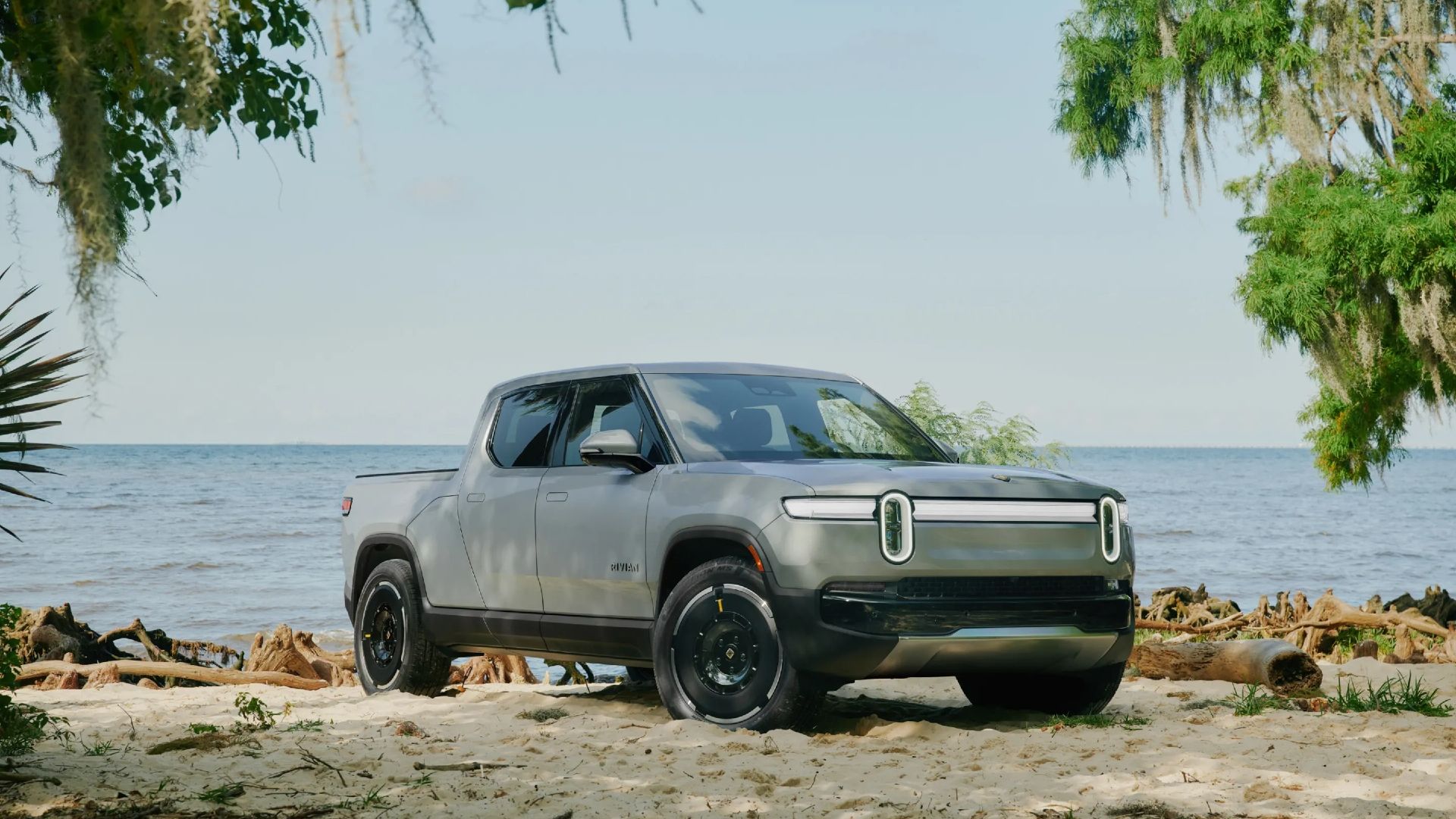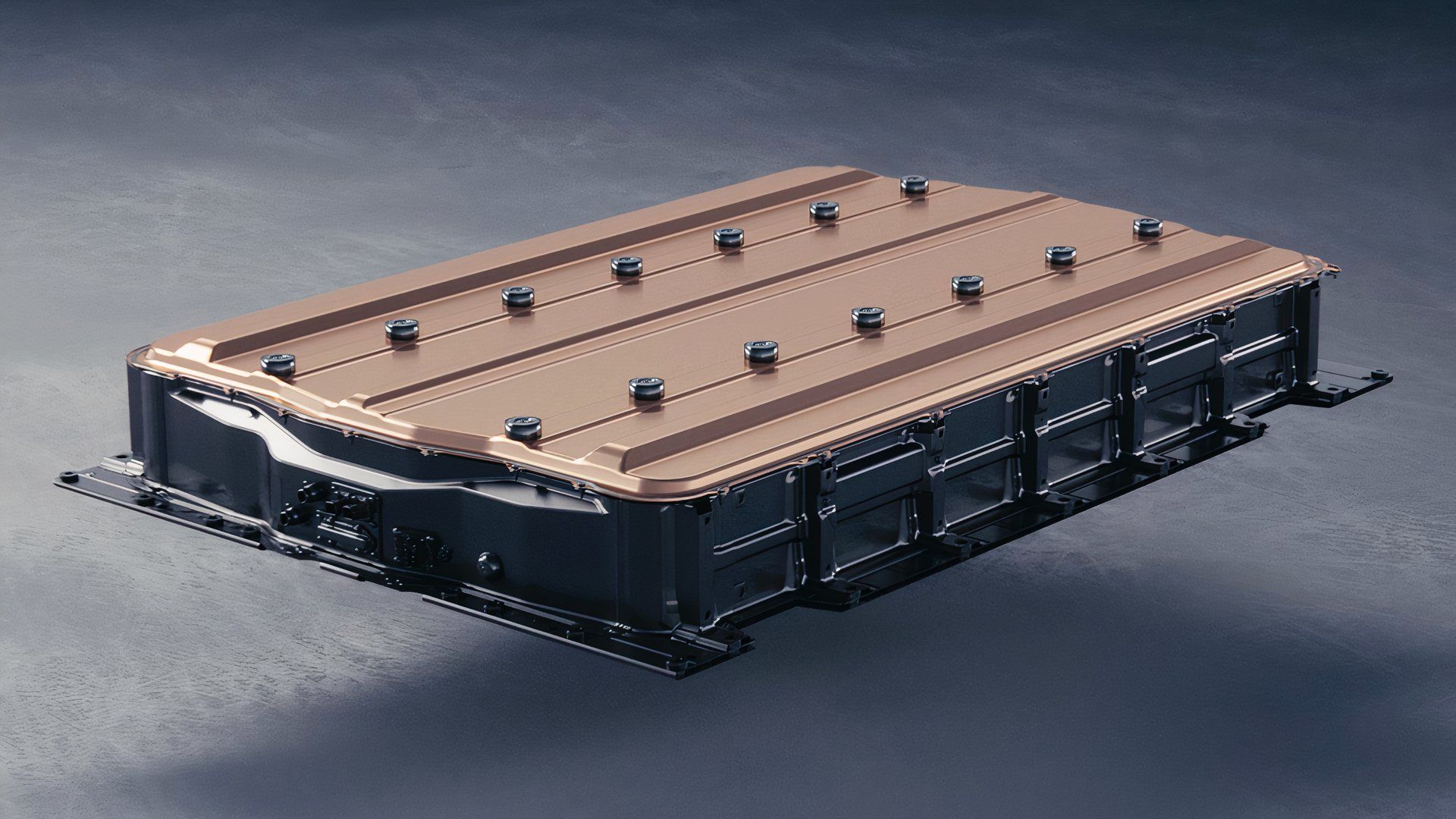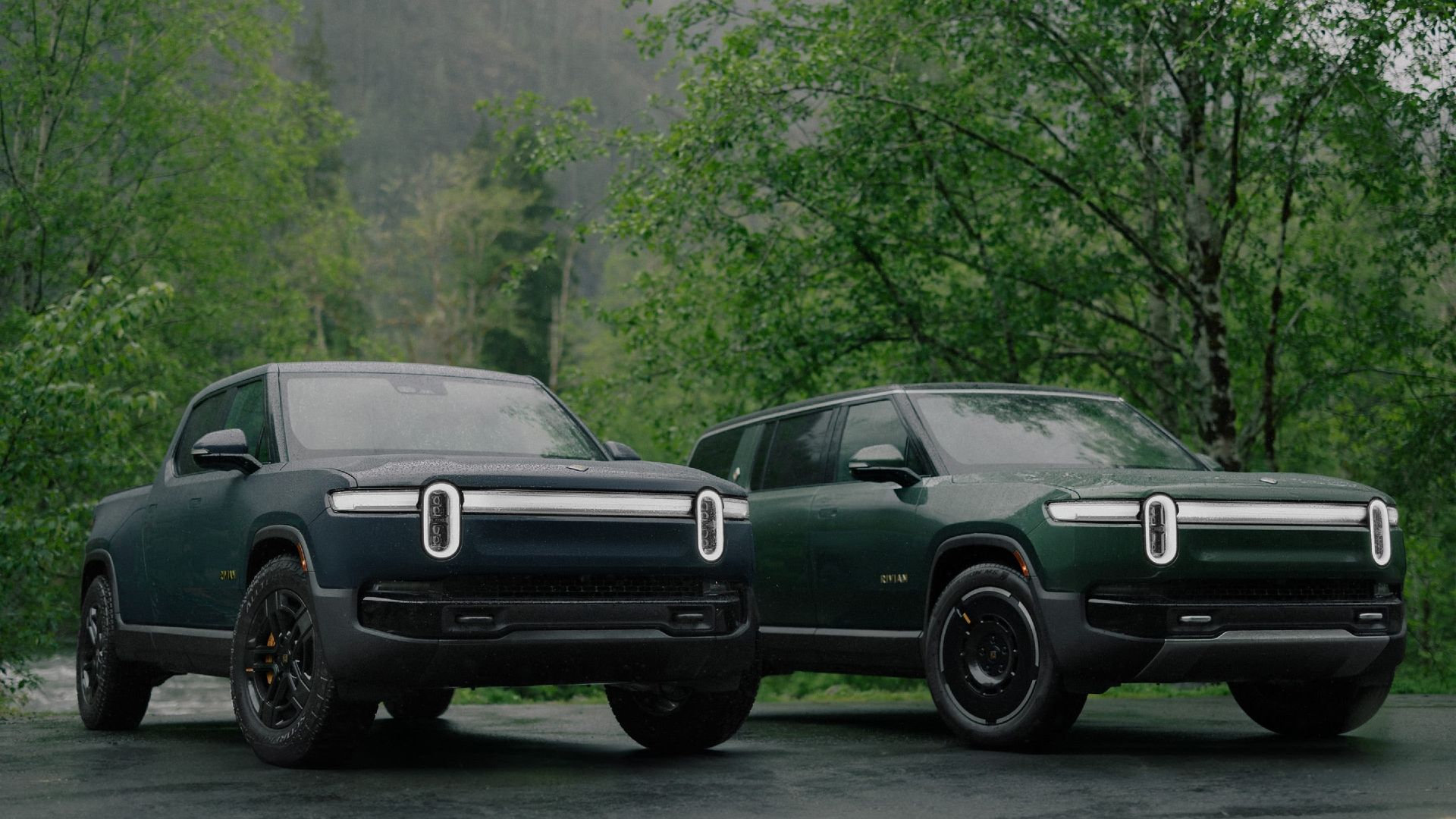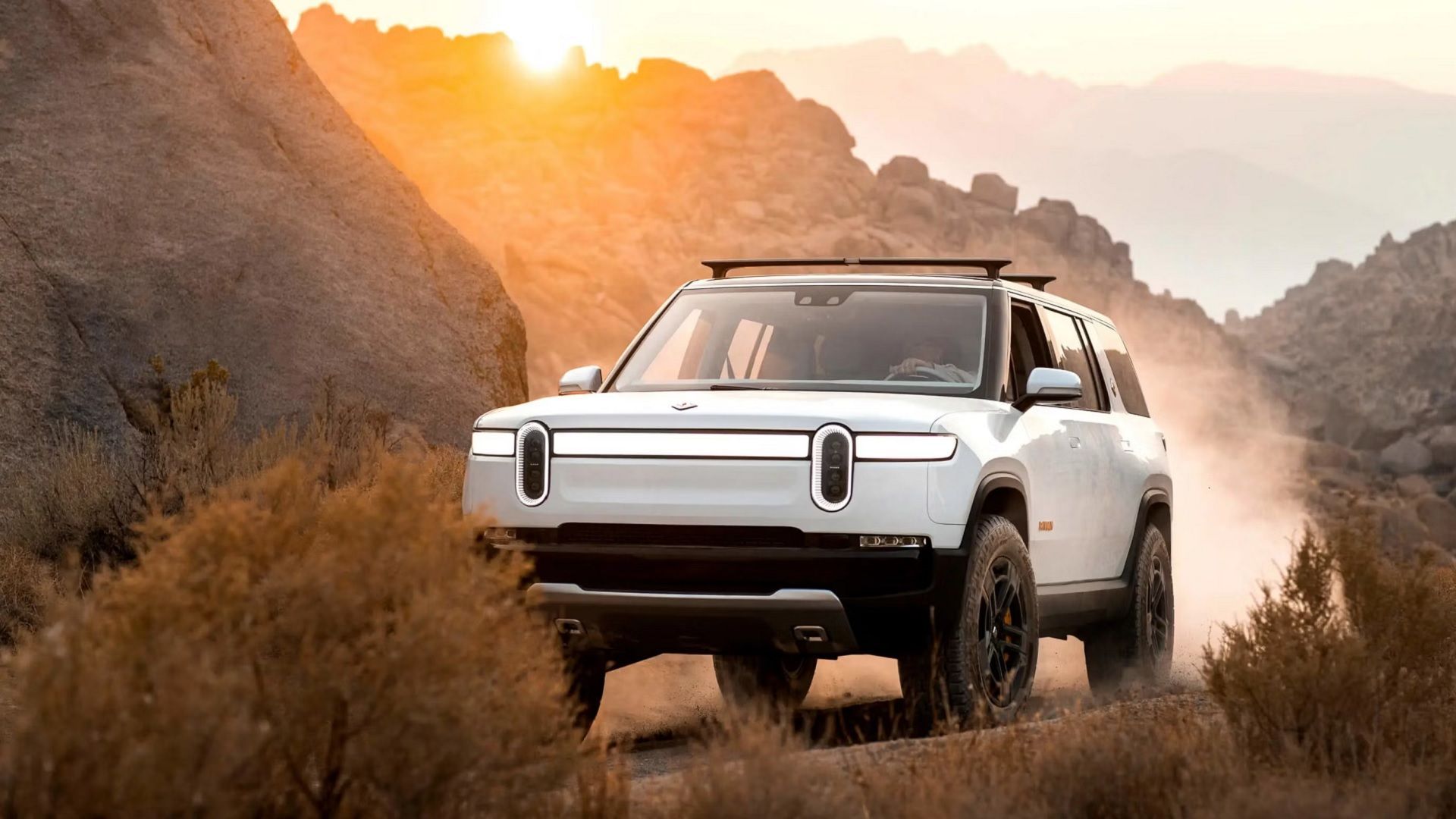Rivian is currently one of the
most successful EV companies
operating in the U.S. It plans to expand on this success by introducing new model lines and launching operations in key international markets, putting it on track to become one of the most successful EV start-ups of its time. Rivian’s immense success is thanks to its decision to focus on off-roading SUVs and trucks. The brand’s inaugural R1T truck and R1S SUV duo have been winning the hearts of many adventuring and overlanding enthusiasts who also want to transition away from fossil fuel consumption.
While the initial ownership experience is proving to be great, existing Rivian owners do have to be aware that they’ll have to replace their battery packs at a certain point, which will be a very costly procedure. Thankfully, this is only likely to occur after a decade of consistent use, and we hope that
lithium-ion replacement modules
will decrease in price as manufacturers and suppliers continue to work on making the technology more sustainable and durable. If you happen to damage the battery pack in any way, unfortunately, you will be responsible for a very high repair cost.
In order to give you the most up-to-date and accurate information possible, the data used to compile this article was sourced from Rivian’s websites and other authoritative sources, including the EPA, the NHTSA, and Reddit.
Rivian’s Multiple Battery Options
The
2025 Rivian R1S and R1T
editions feature new and larger battery pack options supplied by Samsung SDI, who will continue to work with the brand for its upcoming R2 and R3 ranges. The standard 106 kWh battery pack is only available for the dual-motor model and returns a fairly high 45 kWh per 100 miles average consumption estimates from the EPA. This combination also affords the base derivative a 270-mile range claim, which isn’t the most practical figure, but not bad for a large truck or SUV. Upgrading to the Large battery pack increases the capacity to 131 kWh, affording it 330 miles of range and improving its energy consumption to 43 kWh per 100 miles.
Performance Specifications
|
|
Dual-Motor Standard |
Dual-Motor Large |
Dual-Motor Max |
Tri-Motor Max |
Quad-Motor Max |
|
Price |
$75,900 |
$82,900 |
$89,900 |
$105,900 |
TBA |
|
Powertrain |
Dual Permanent-Magnet Motors |
Dual Permanent-Magnet Motors |
Dual Permanent-Magnet Motors |
Triple Permanent-Magnet Motors |
Quadruple Permanent-Magnet Motors |
|
Transmission |
Single-Speed Automatic |
Single-Speed Automatic |
Single-Speed Automatic |
Single-Speed Automatic |
Single-Speed Automatic |
|
Horsepower |
533 HP |
533 HP |
533 HP |
850 HP |
1,025 HP |
|
Torque |
610 LB-FT |
610 LB-FT |
610 LB-FT |
1,103 LB-FT |
1,198 LB-FT |
|
Driveline |
All-Wheel Drive |
All-Wheel Drive |
All-Wheel Drive |
All-Wheel Drive |
All-Wheel Drive |
|
Battery |
106 kWh Net |
131 kWh Net |
141 kWh Net |
141 kWh Net |
141 kWh Net |
|
Range |
270 Miles |
330 Miles |
410 Miles |
380 Miles |
380 Miles |
|
Fast Charging Time |
30 Minutes |
36 Minutes |
41 minutes |
41 Minutes |
41 Minutes |
|
Energy Consumption |
45 kWh/100 Miles |
43 kWh/100 Miles |
41 kWh/100 Miles |
TBA |
TBA |
|
0-60 MPH |
4.5 Seconds |
4.5 Seconds |
4.5 Seconds |
2.9 Seconds |
2.6 Seconds |
|
Top Speed |
110 MPH |
110 MPH |
130 MPH |
130 MPH |
130 MPH |
|
Towing Capacity |
7,700 Pounds |
7,700 Pounds |
7,700 Pounds |
7,700 Pounds |
TBA |
The 141 kWh Max battery pack is the flagship option, and also extends to the triple and quadruple motor configurations. The EPA is yet to release energy consumption figures for these two options, but it claims that both derivatives will cover 380 miles on a single charge. The dual-motor option returns a 410-mile range estimate and 41 kWh per 100-mile energy consumption claim.
How Much A New Rivian Battery Costs
The Rivian R1T and R1S are proving to be
very reliable EV options
with strong battery packs, so there aren’t many examples of how much a replacement part costs. The brand also doesn’t disclose the cost of its spare parts, as this is only available via a quote from its accredited workshop. One Rivian owner took to Reddit to reveal that they were quoted $18,000 for a replacement battery pack, which is much lower than what we’d assume, considering some competing brands quote their smaller capacity replacement battery costs at almost double the price.

Add TopSpeed to your Google News feed.
Rivian Battery Module Replacement Procedure
- Rivian replaces only battery modules because it’s more efficient and cost-effective, targeting only the worn-out modules rather than replacing the entire battery pack.
- This approach helps preserve functioning modules, reducing waste and maximizing the use of viable components within the pack.
- Rivian technicians use advanced diagnostic tools to pinpoint which specific modules have degraded, ensuring they only replace what’s necessary.
- Rivian’s repair process focuses on sustainability by reducing the need for new materials, aligning with the company’s eco-conscious philosophy.
- The battery pack is carefully disassembled by trained technicians, who follow strict safety protocols to handle high-voltage systems.
- After replacing the faulty modules, Rivian workshops perform comprehensive testing on the pack to ensure full functionality before reinstalling it in the vehicle.
The same user also revealed that Rivian adopts a modular battery design, so you’re likely to benefit from a larger battery capacity when the time comes to replace it in 10 to 15 years. Bear in mind that this cost doesn’t include the labor charge, which we expect to increase the overall payment by a few thousand dollars. Rivian has already revealed that it expects its battery technology and replacement parts to get much cheaper within the next 10 years, which is a reassuring commitment for those wanting to enjoy their EVs for an extended period.

Related
Rivian has been one of the more interesting new (electric) car brands to hit North American roadways in recent years. The R1T and R1S have done their thing, and we’re looking for that next ‘big ticket’ drop. What is something Rivian can release to further its market share, especially with brands like Tesla slipping through the cracks? Sedans historically disappoint, so would another SUV or truck be worth it? Are three models a crowd?
How To Prolong Your Rivian’s Battery
There’s no exact indication as to how long a Rivian battery pack will last, but several estimations based on lithium-ion technologies indicate that you’ll only start seeing signs of degradation after 15 years or 300,000 miles. This is a substantially long period that you can easily achieve if you stick to common battery preservation practices. This includes not charging the pack all the way to 100 percent or letting it lose its full state of charge. These extreme conditions strain the battery, leading to a noticeably shorter lifespan. The best way to avoid this is by keeping the charge between 20 percent and 80 percent, as this threshold results in minimal strain and degradation.
Rivian R1S And R1T Range And Charging Times
|
Standard 106 kWh Battery |
Standard Plus 121 kWh Battery |
Extended 135 kWh Battery |
Max 149kWh Battery |
|
|
Range |
260-270 miles |
277-315 miles |
274-350 miles |
355-410 miles |
|
Level 1 AC 110V Charging time (0-100%) |
90 Hours |
105 Hours |
117 Hours |
137 hours |
|
Level 2 AC 220V Charging time (0-100%) |
16 Hours |
18 Hours |
21 Hours |
24 hours |
|
Level 3 DC 440V Charging time (10-80%) |
40 Minutes |
42 Minutes |
45 Minutes |
55 minutes |
Another way to preserve your battery’s lifespan is by
avoiding DC Level Three fast charging systems
as much as possible. This convenient charging method operates at a higher heat point, which wears the battery cells at a much faster rate compared to a conventional household Level One or Two system. You can achieve this by carefully planning out your charging intervals and daily commutes. Being a Rivian owner, you’re likely to enjoy longer driving distances. In this case, it would be wise to space out fast-charging sessions to prevent heat buildup, which can occur with consecutive rapid charges.
Rivian’s Comprehensive Standard Battery Warranty
All Rivian R1T and R1S derivatives come standard with the brand’s 60-month or 60,000-mile full warranty package. This includes roadside assistance and a 96-month or 175,000-mile
battery and powertrain defect coverage plan
, which is quite a bit more comprehensive than its competitors. Rivian’s complementary scheduled service has disappeared for the 2024 model, but 2023 derivatives benefited from a 12-month or 12,000-mile plan. Rivian corrects all corrosion defects within a 96-month period.
|
Type |
Length |
|---|---|
|
Full Warranty |
60 Months/60,000 Miles |
|
Battery Warranty |
96 Months/175,000 Miles |
|
Maintenance Warranty |
N/A |
|
Roadside Warranty |
60 Months/60,000 Miles |
|
Corrosion Warranty |
96 Months/Unlimited Miles |
The 2023 Rivian R1T is subject to just one recall. It’s a rather minor one relating to a faulty defogger and demister, which the brand corrected via an over-the-air software update. The model year currently has 20 customer complaints relating to various aspects of the truck, including the drivetrain, safety systems, and other mechanical components. Beyond this, they are proving to be considerably reliable, even despite a bulk of them being subject to rigorous and in-depth off-roading and adventuring.



